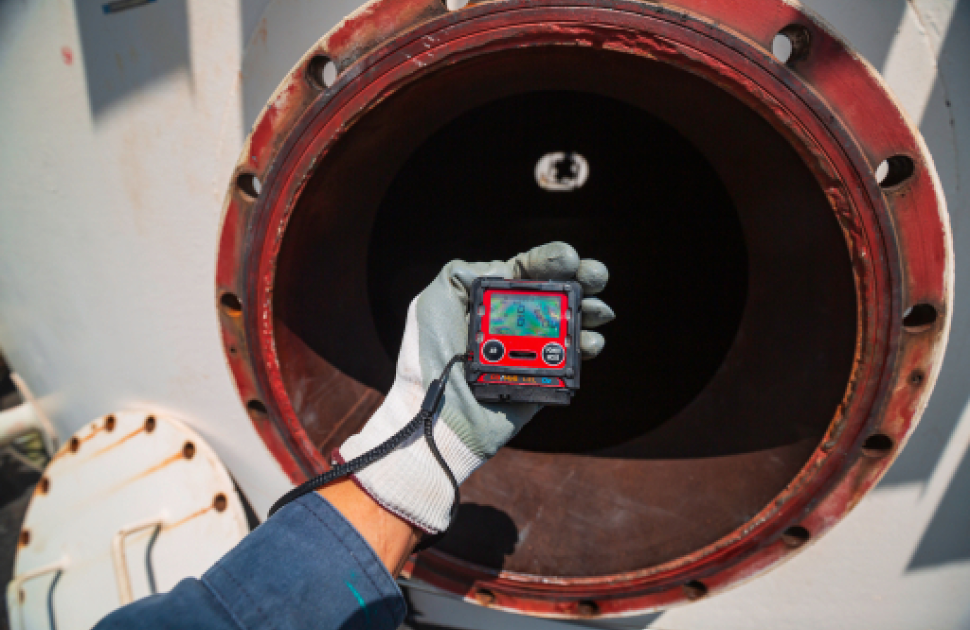Non-destructive testing (NDT) plays an essential role in ensuring the safety, reliability, and longevity of various components and structures across multiple industries.
NDT involves the use of specialized hardware to perform inspections, collect data, and analyze results.
Here are some examples of basic hardware commonly used in NDT.
1. Ultrasonic Testing Hardware
Ultrasonic Testing hardware is used to generate and detect high-frequency sound waves to detect internal defects or variations in thickness in a material or component.
Ultrasonic transducers, flaw detectors, and thickness gauges are essential components in ultrasonic testing.
Ultrasonic Transducers emit sound waves and receive the echo signals, while flaw detectors and thickness gauges analyze and interpret the signals to provide information about the internal structure of the material or component.
2. Radiographic Testing Hardware
Radiographic Testing hardware is used to produce images of internal structures of materials and components.
X-ray generators, cameras, and film, as well as digital radiography systems (DR) and Computed Radiography Systems (CR), are common types of radiographic testing hardware.
DR systems use a digital detector panel to capture the radiation, while CR systems use a storage phosphor plate to capture the radiation, which is later scanned to produce an image.

3. Visual Inspection Hardware
Visual Inspection hardware is used to examine the surface of a material or component with the naked eye or with the use of magnification.
Magnifying devices, borescopes, fiberscopes, and industrial endoscopes are essential components in visual inspection.
Borescopes, fiberscopes, and industrial endoscopes are used to access and inspect hard-to-reach areas.
4. Magnetic Particle Testing Hardware
Magnetic Particle Testing hardware is used to detect surface and near-surface defects in ferromagnetic materials.
Magnetic yokes, prods, and particle suspensions are common types of magnetic particle testing hardware.
Magnetic yokes generate a magnetic field in the material, and particle suspensions are used to visualize the magnetic field lines around the defect.
5. Liquid Penetrant Testing Hardware
Liquid Penetrant Testing hardware is used to identify surface-breaking defects in a material or component.
Penetrants, developers, and cleaning agents are essential components in liquid penetrant testing.
Penetrants are applied to the surface of the material, and after removal, developers are applied to visualize the penetrant in the defect.
6. Eddy Current Testing Hardware
Eddy Current Testing hardware is used to detect surface and near-surface defects in non-ferromagnetic materials.
Probes, coils, and meters are essential components in eddy current testing.
Probes generate a magnetic field that induces eddy currents in the material, and the resulting electromagnetic field is detected by the coil.
7. Thermal Imaging Hardware
Thermal Imaging hardware is used to detect thermal variations in a material or component to detect defects or variations in thickness.
Thermal cameras are essential components in thermal imaging.
Thermal cameras capture infrared radiation emitted by the material or component, which is then converted into a visual image to provide information about the temperature distribution.
It is important to note that NDT hardware may vary depending on the specific NDT Method, the industry, and the application.
It is essential to choose hardware that is compatible with the software being used and that meets the specific needs of the inspection or project.
NDT hardware must be regularly calibrated and maintained to ensure reliable and accurate results.
In conclusion, NDT hardware plays a vital role in performing inspections, collecting data, and analyzing results to ensure the safety, reliability, and longevity of various components and structures across multiple industries.
Ultrasonic Testing hardware, radiographic testing hardware, visual inspection hardware, magnetic particle testing hardware, liquid penetrant testing hardware, eddy current testing hardware, and thermal imaging hardware are examples of basic hardware commonly used in NDT.
It is essential to choose hardware that is compatible with the software being used and that meets the specific needs of the inspection or project.
Regular calibration and maintenance are also critical to ensure reliable and accurate results.









